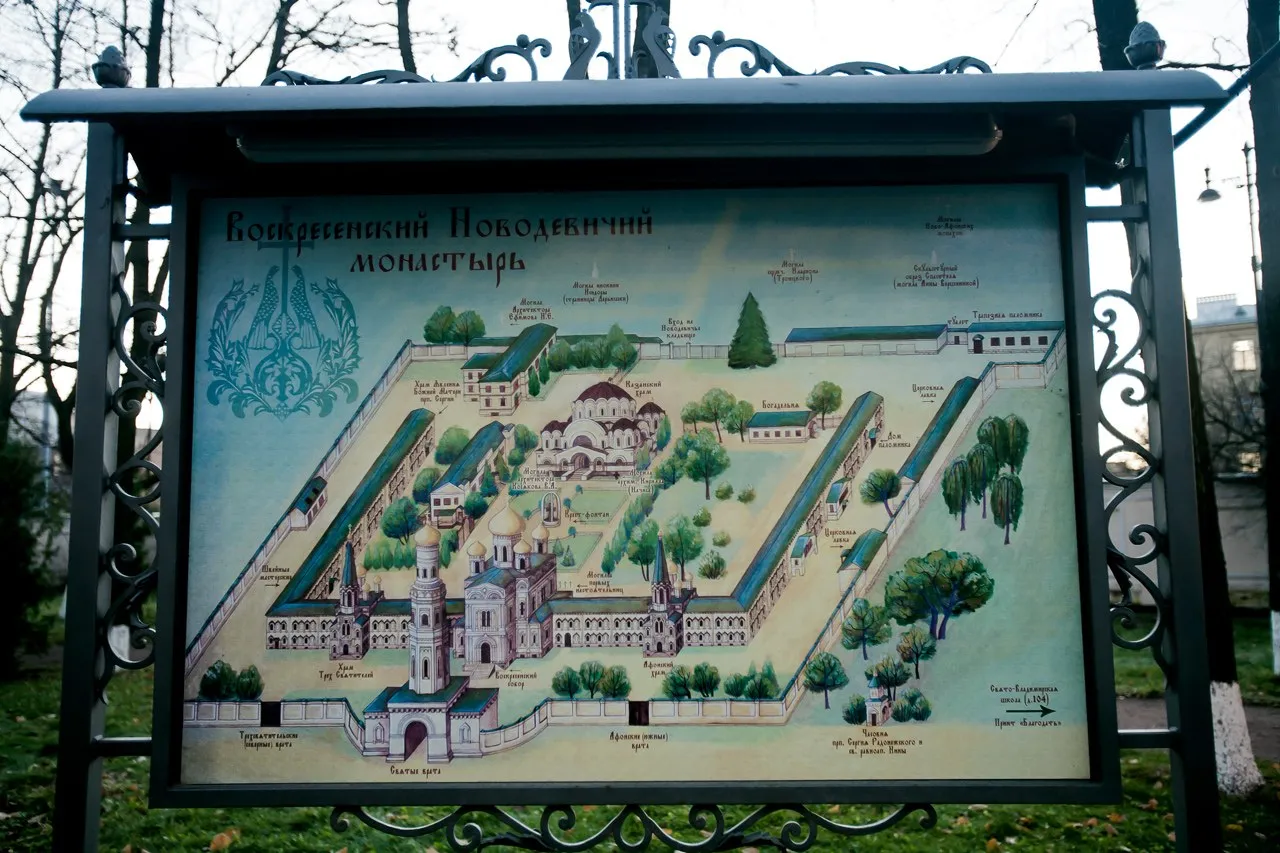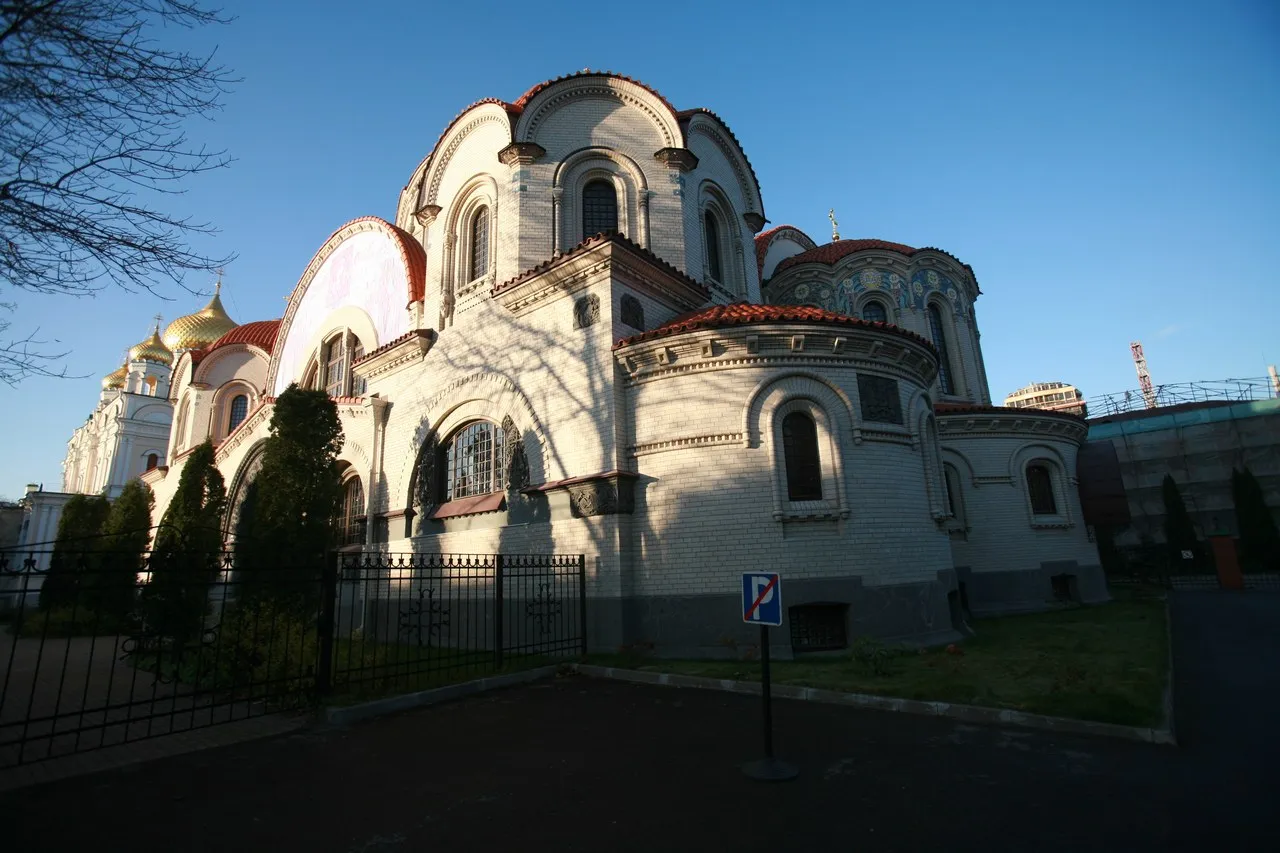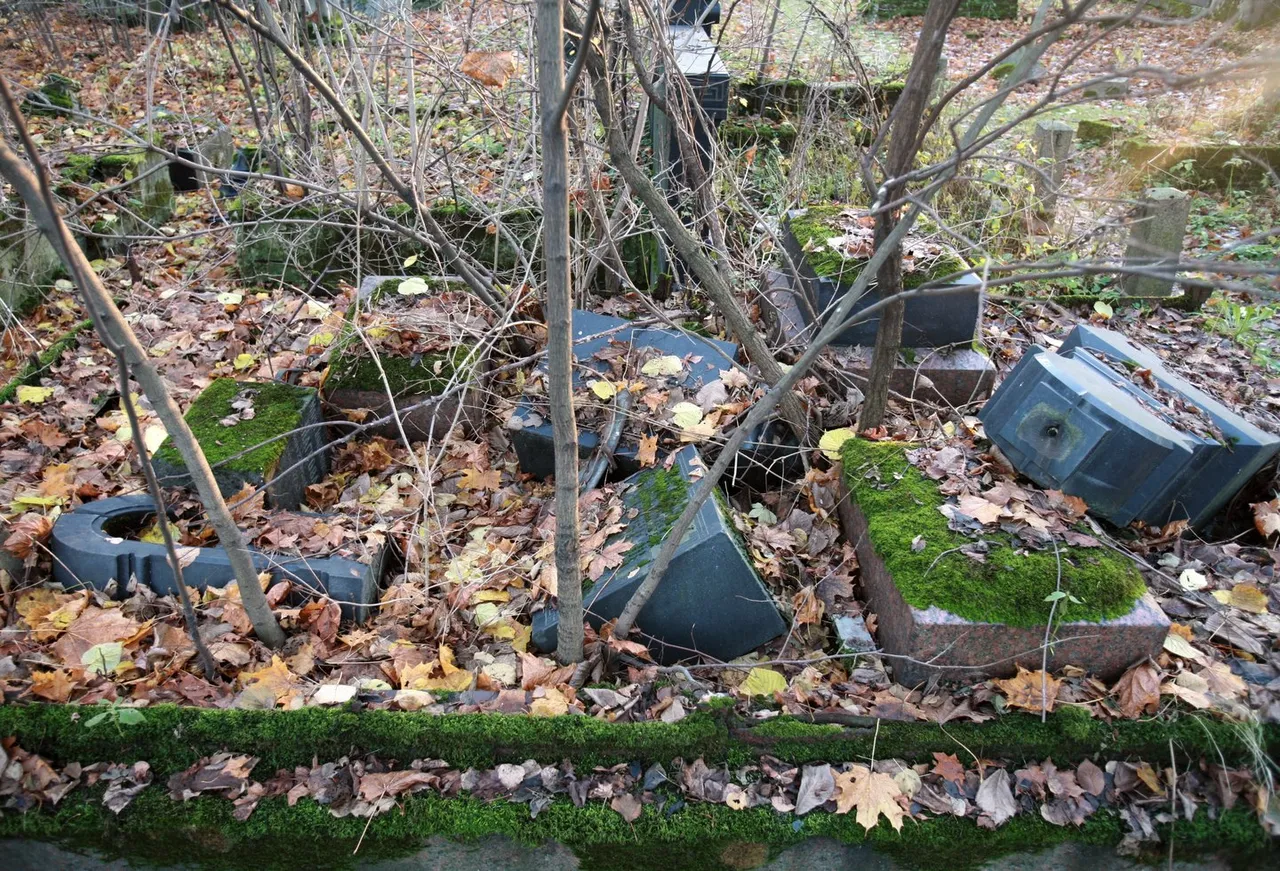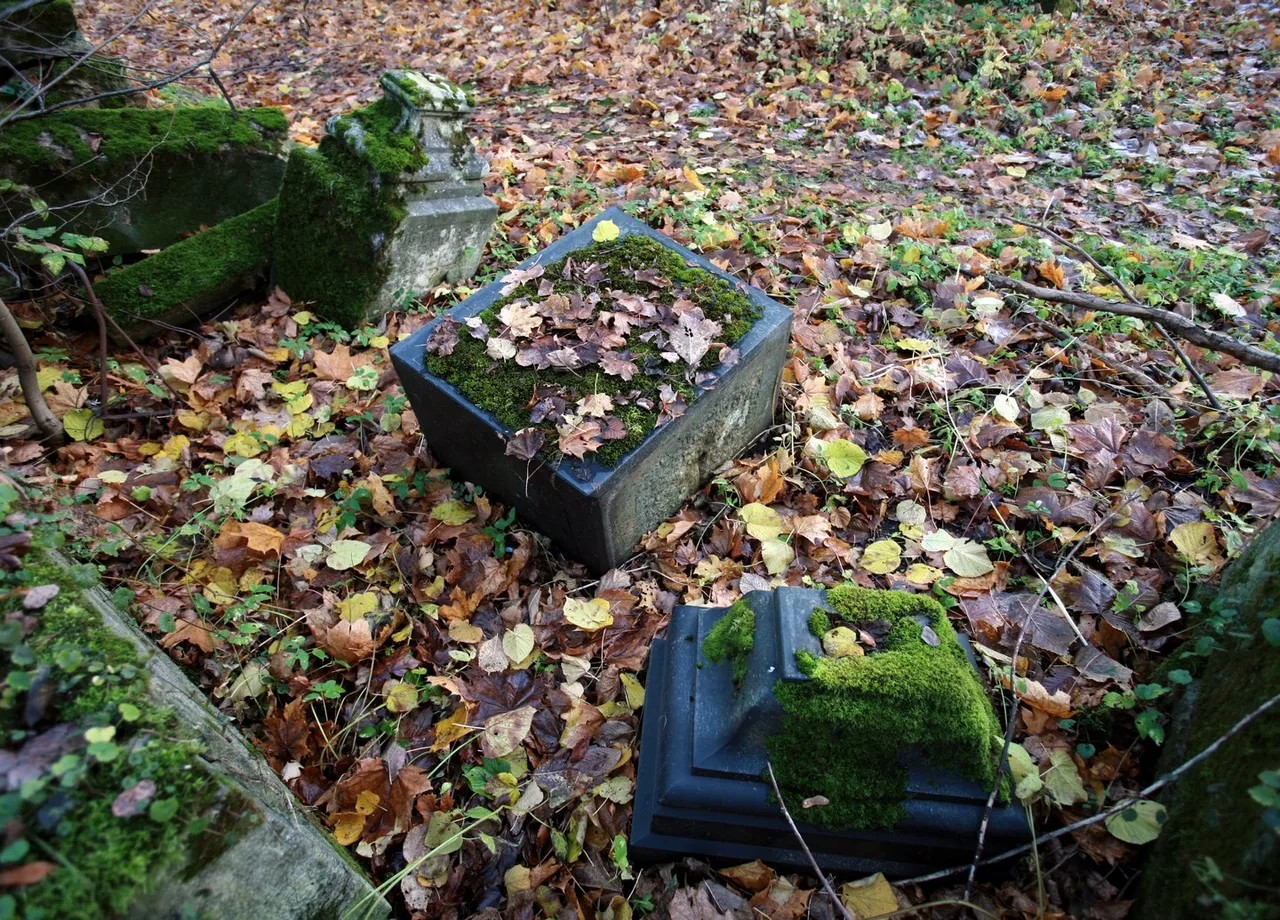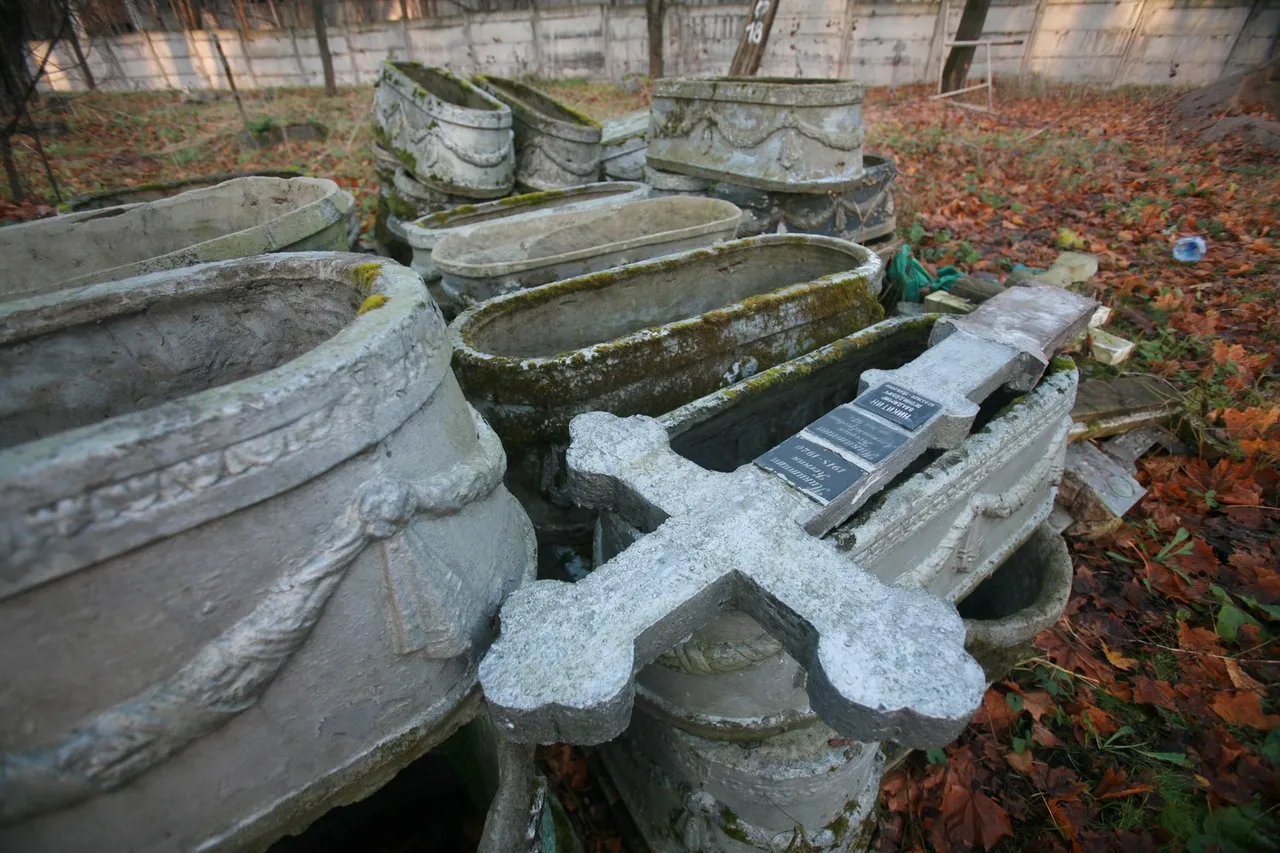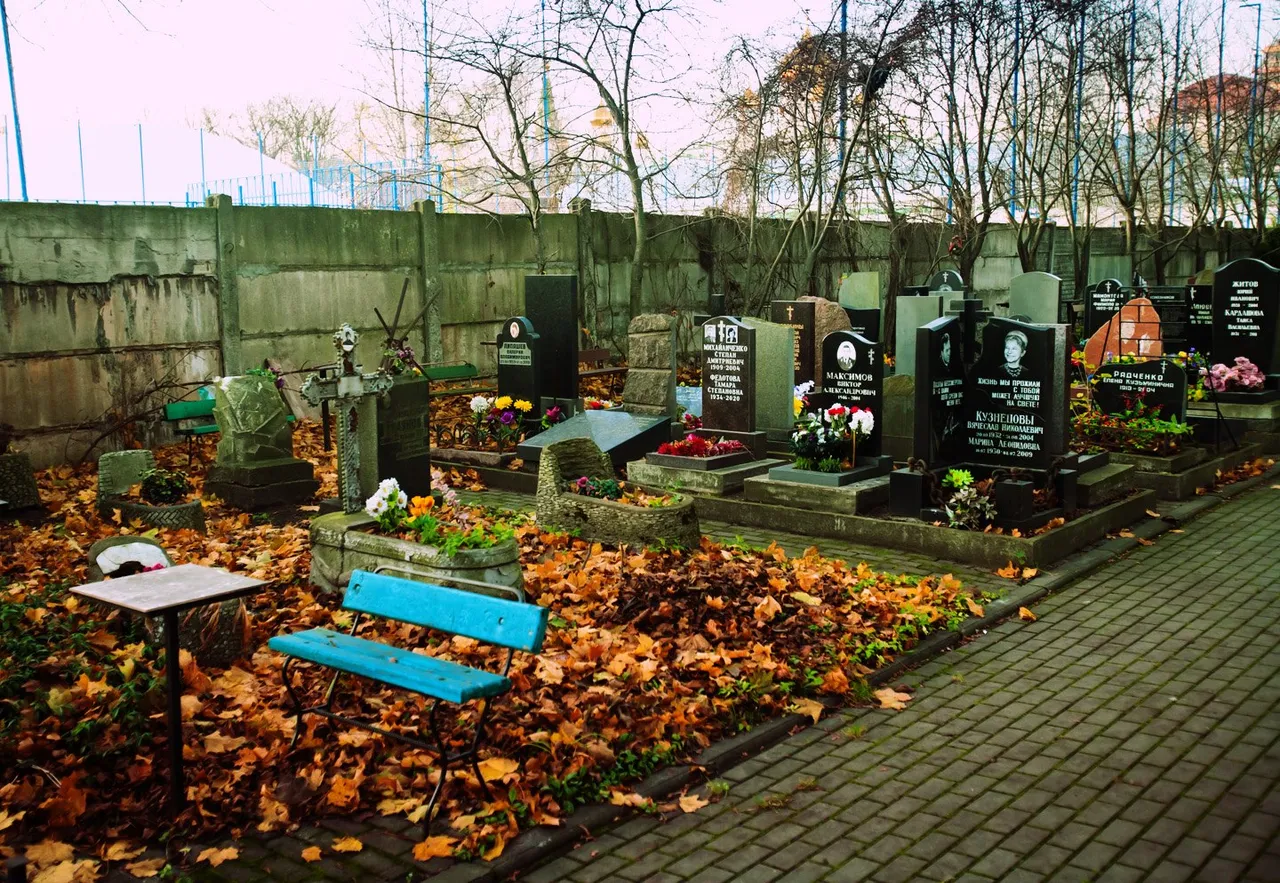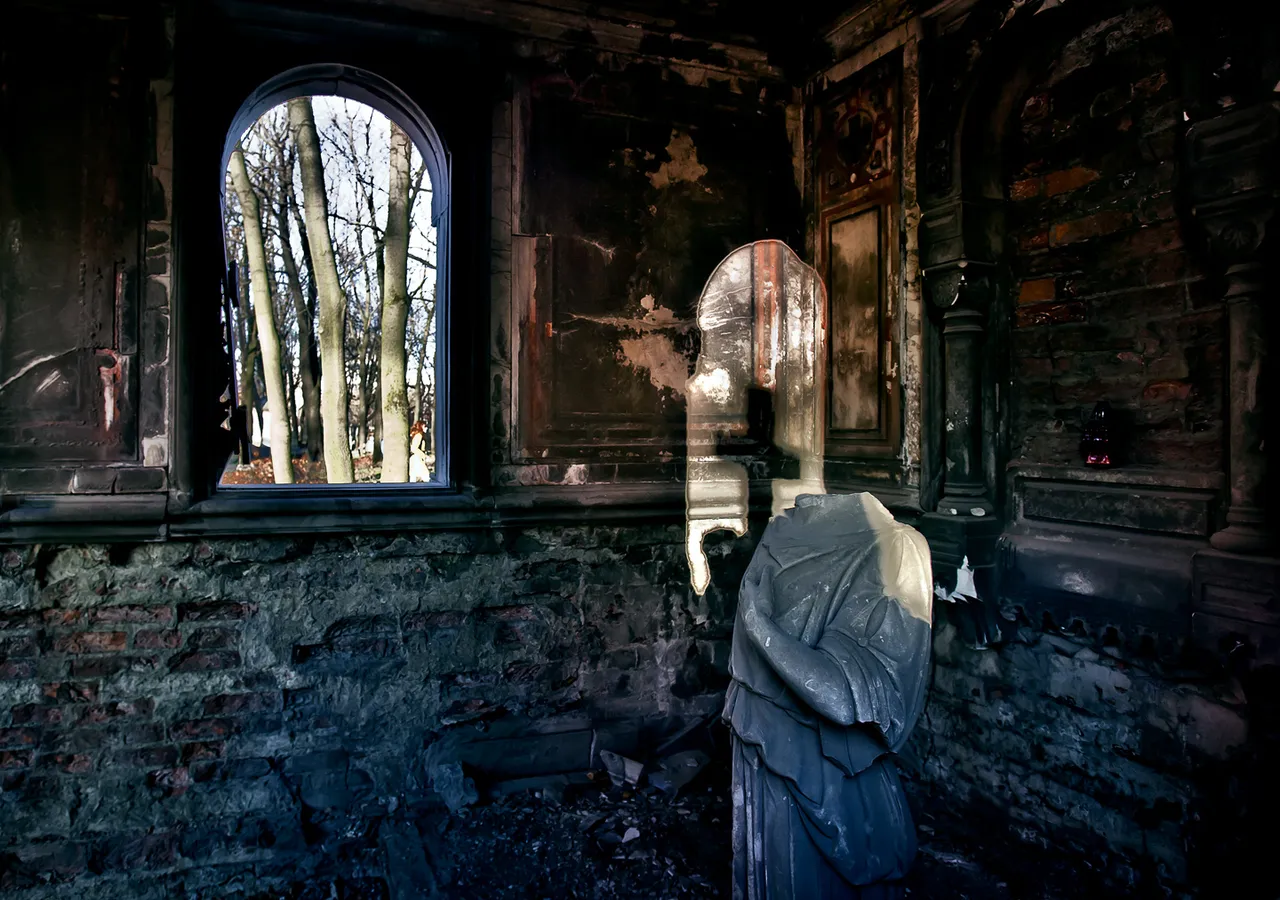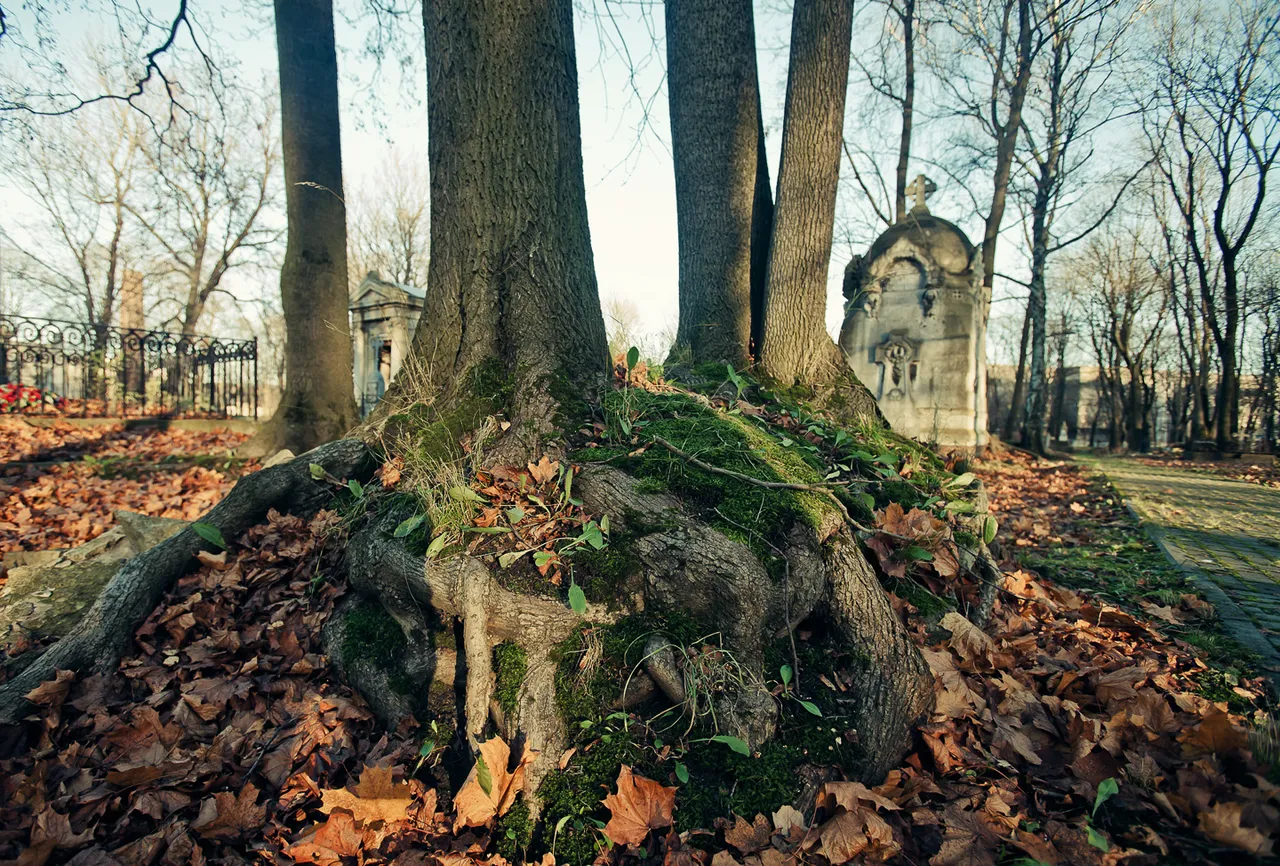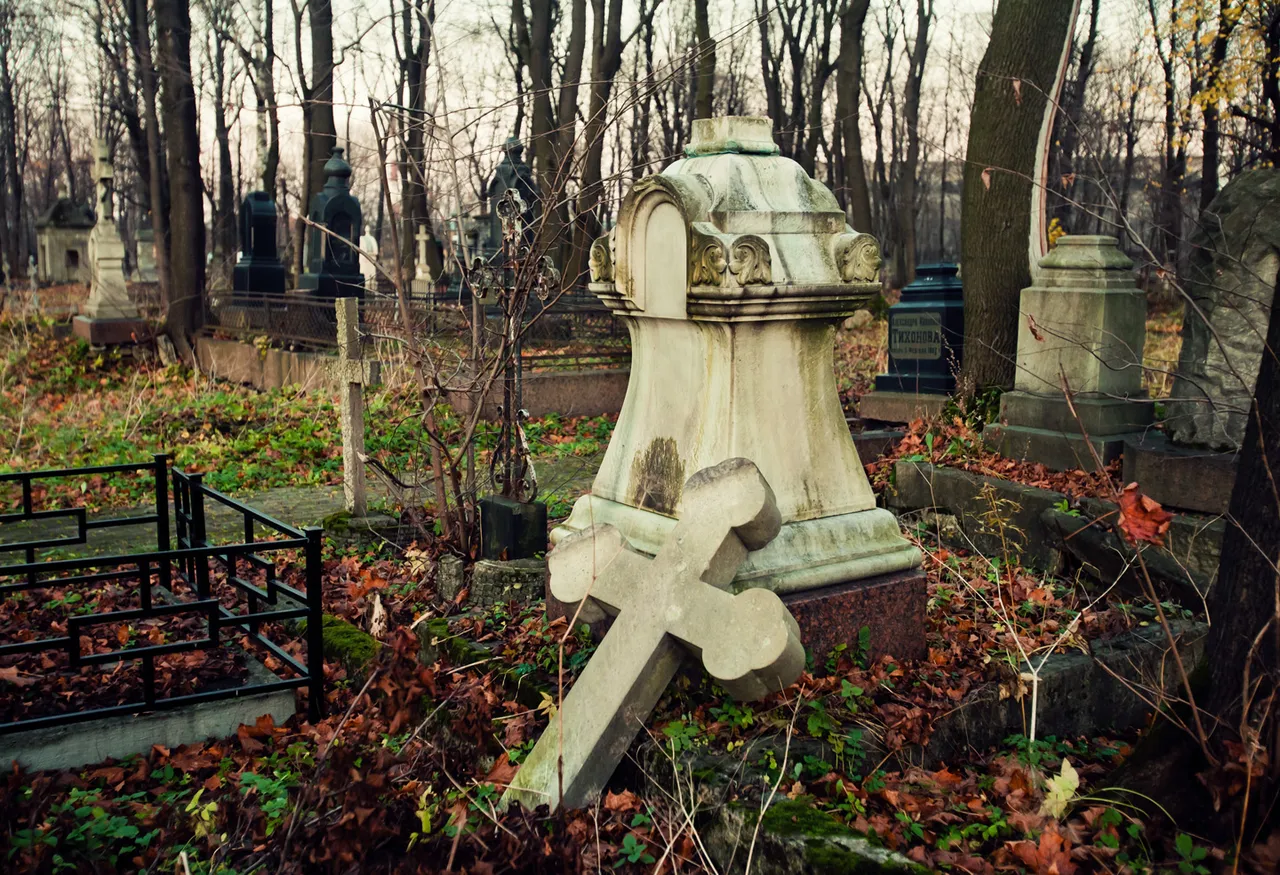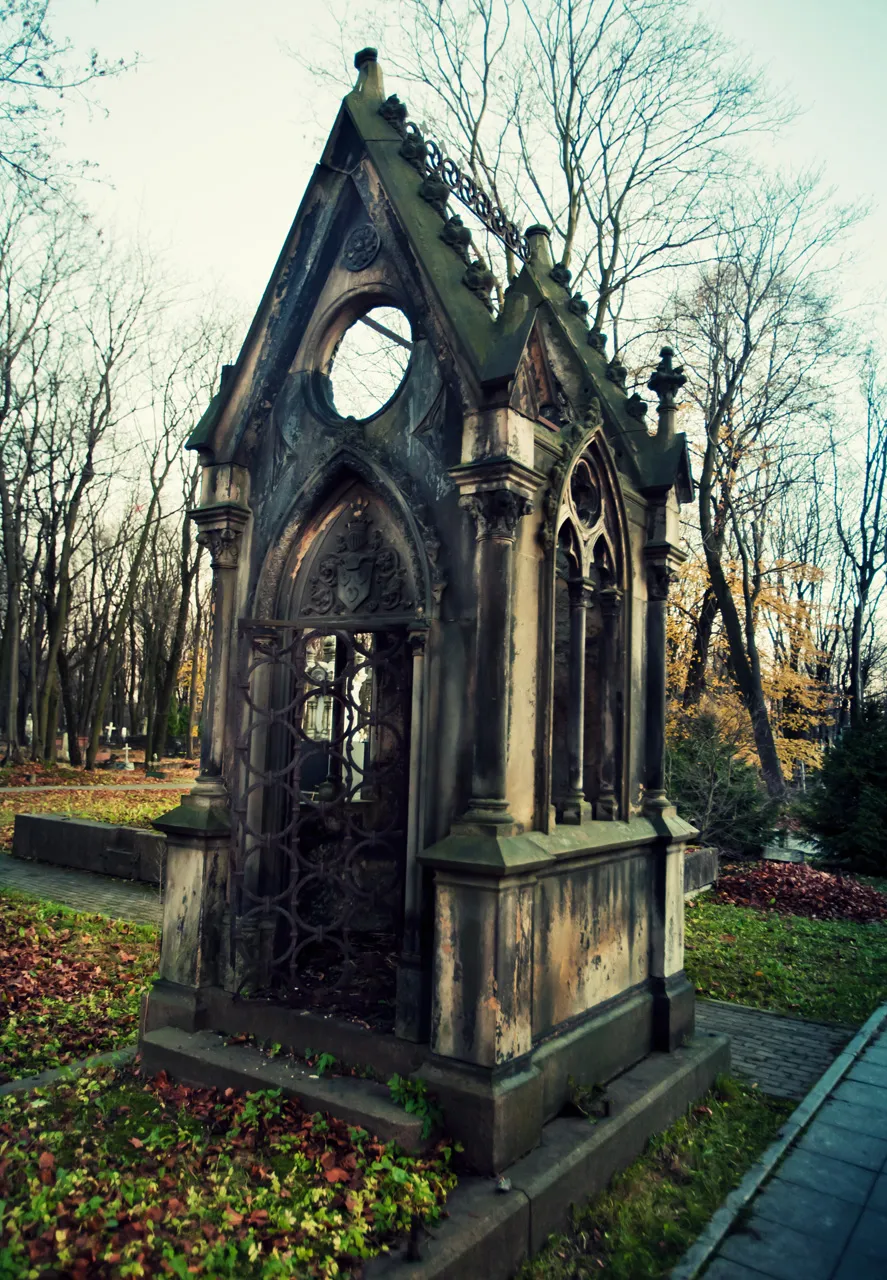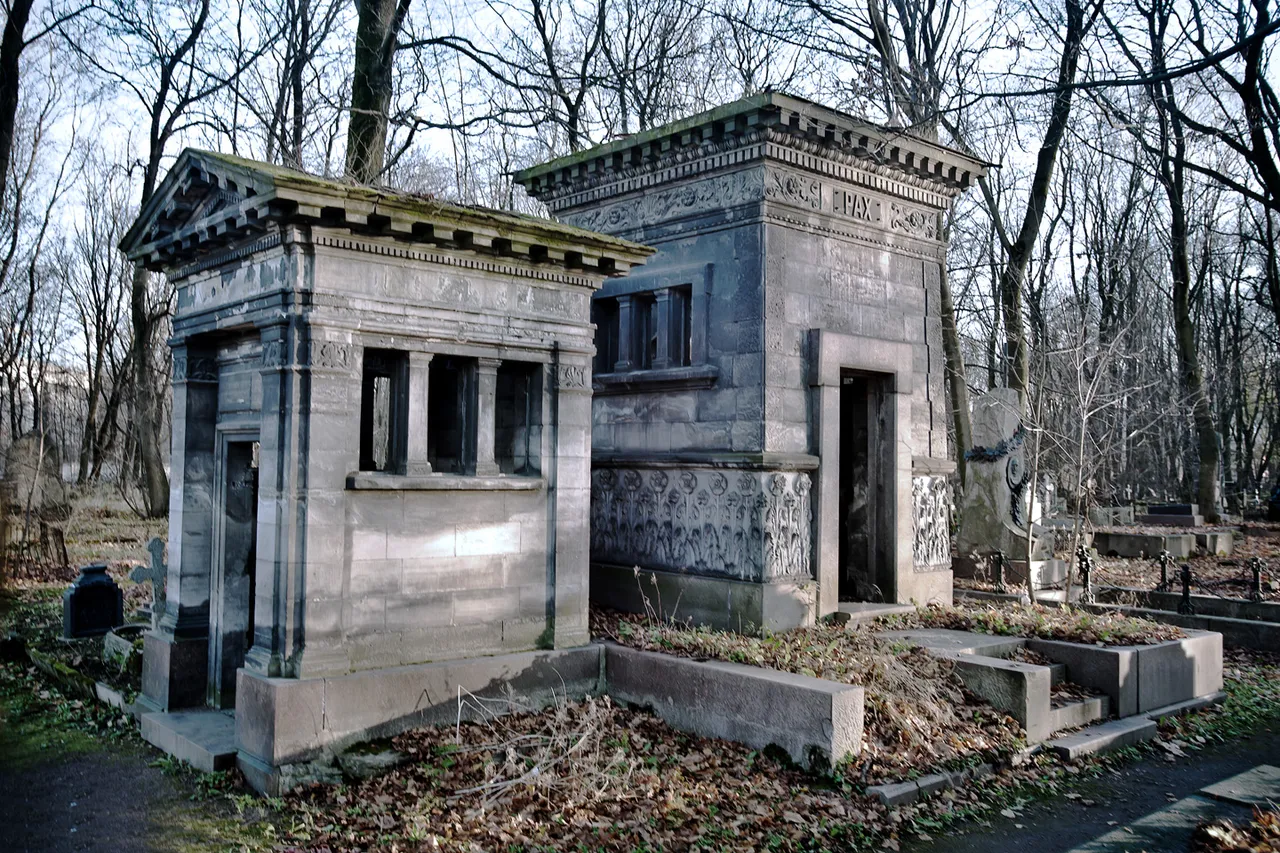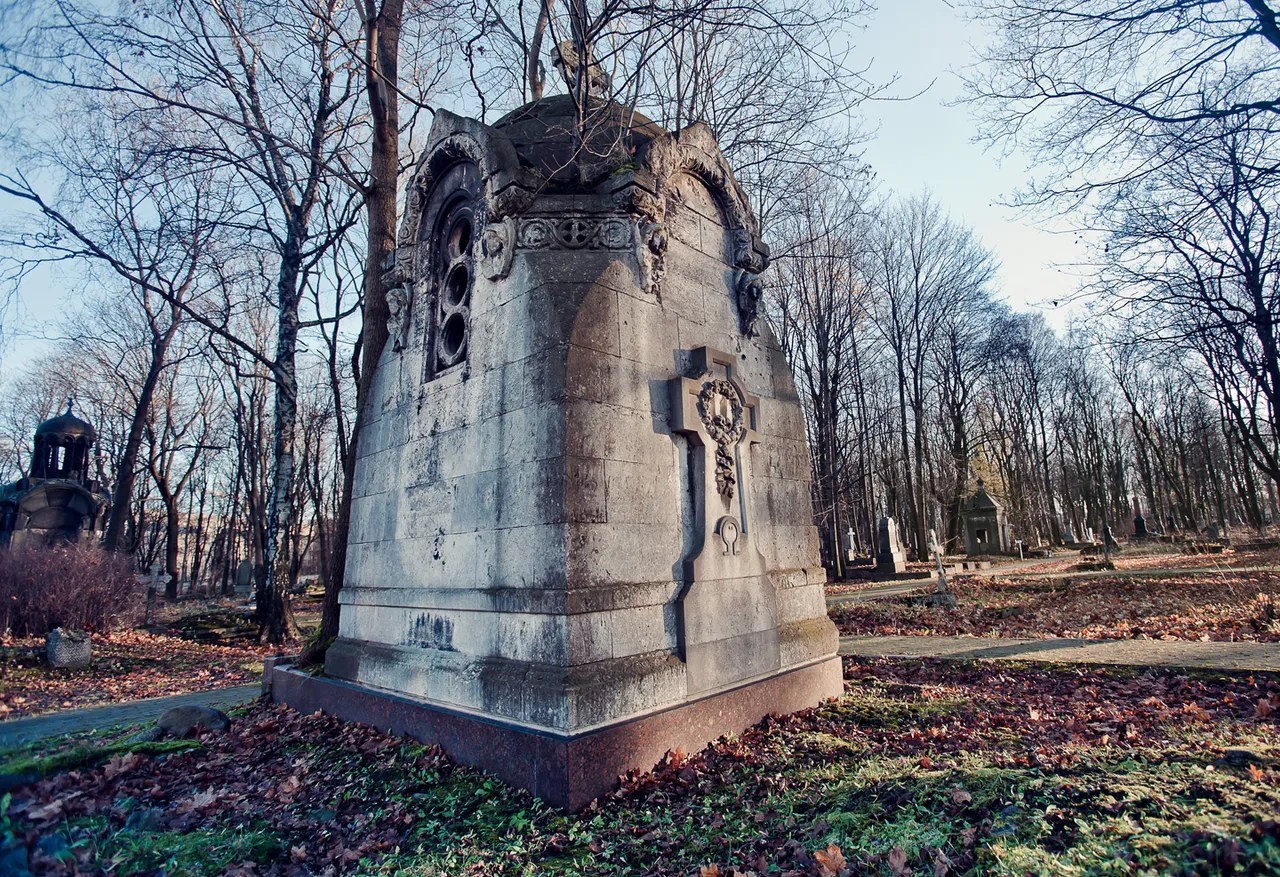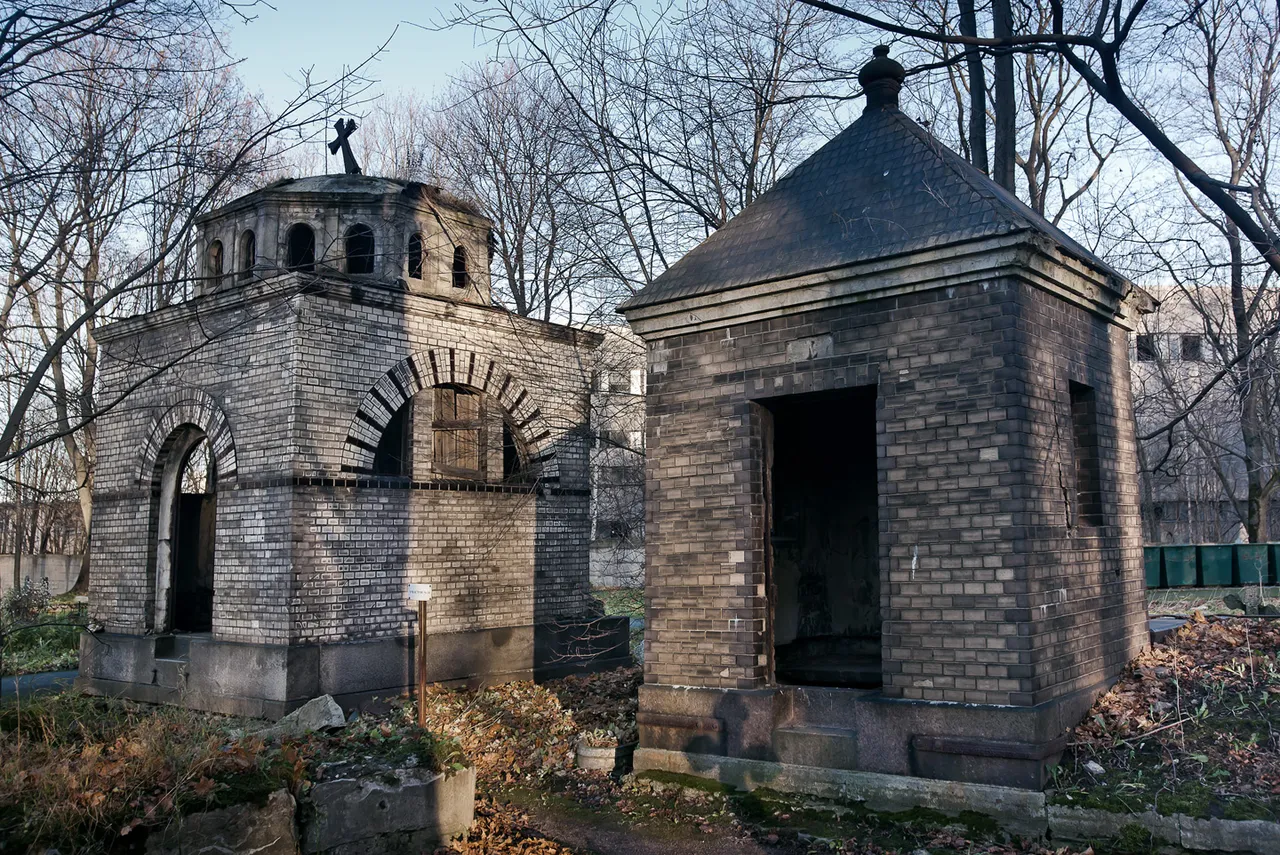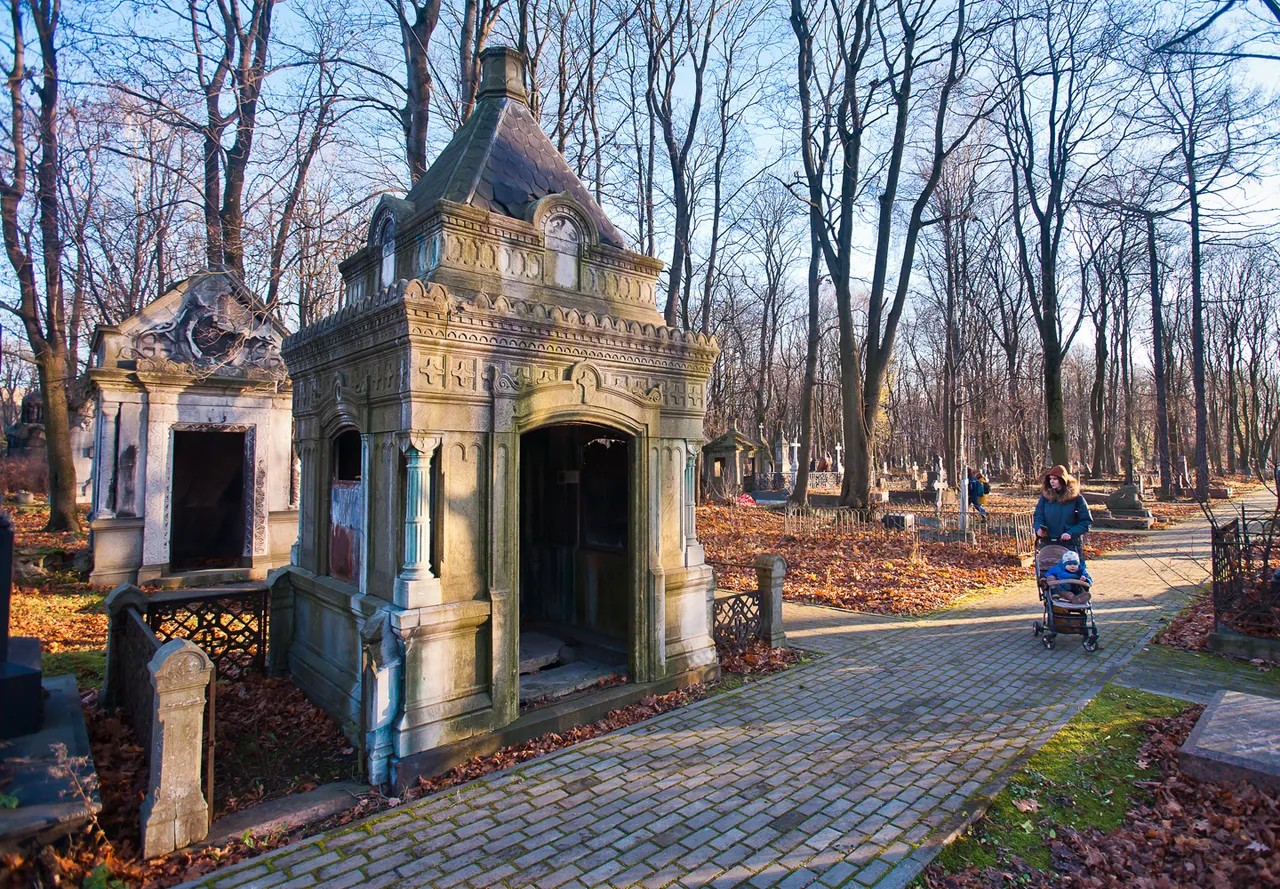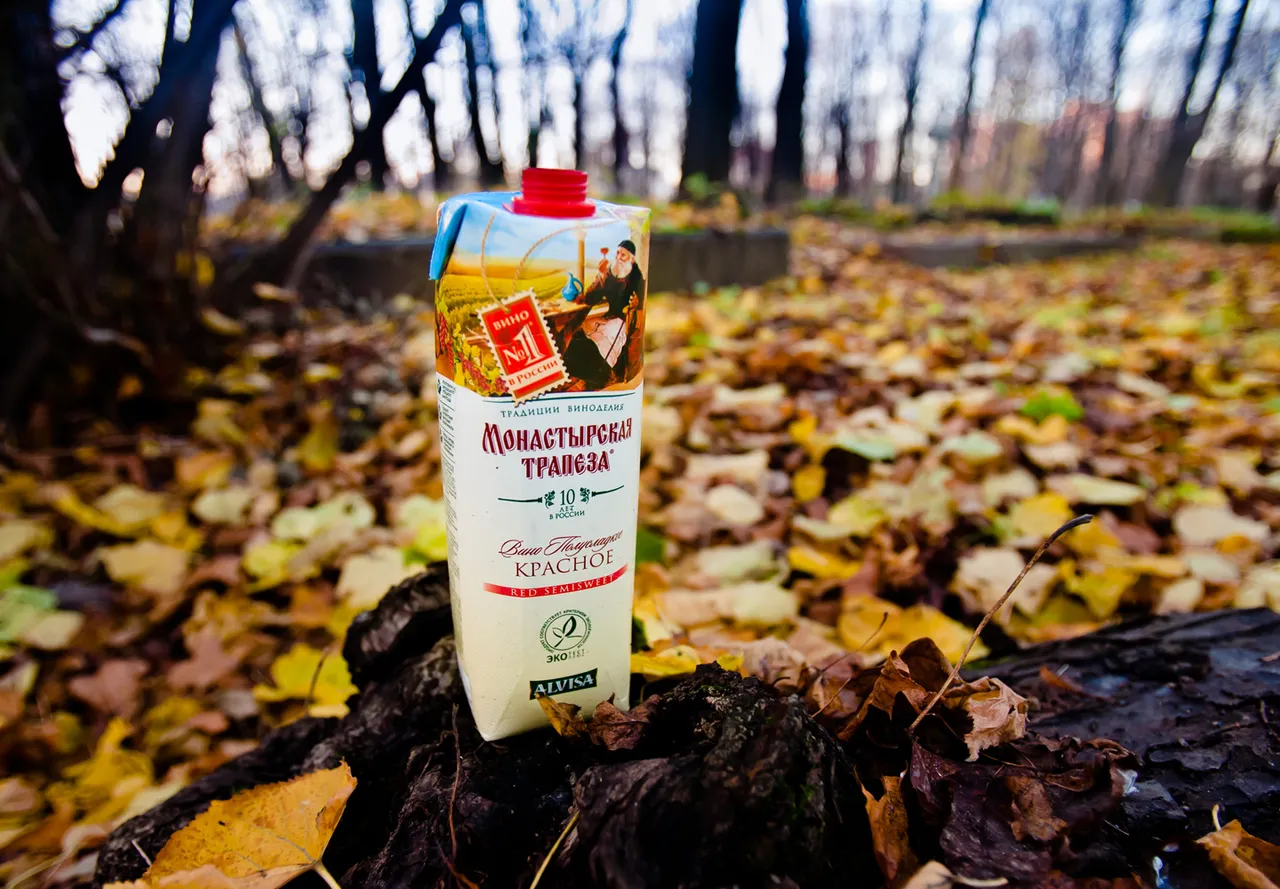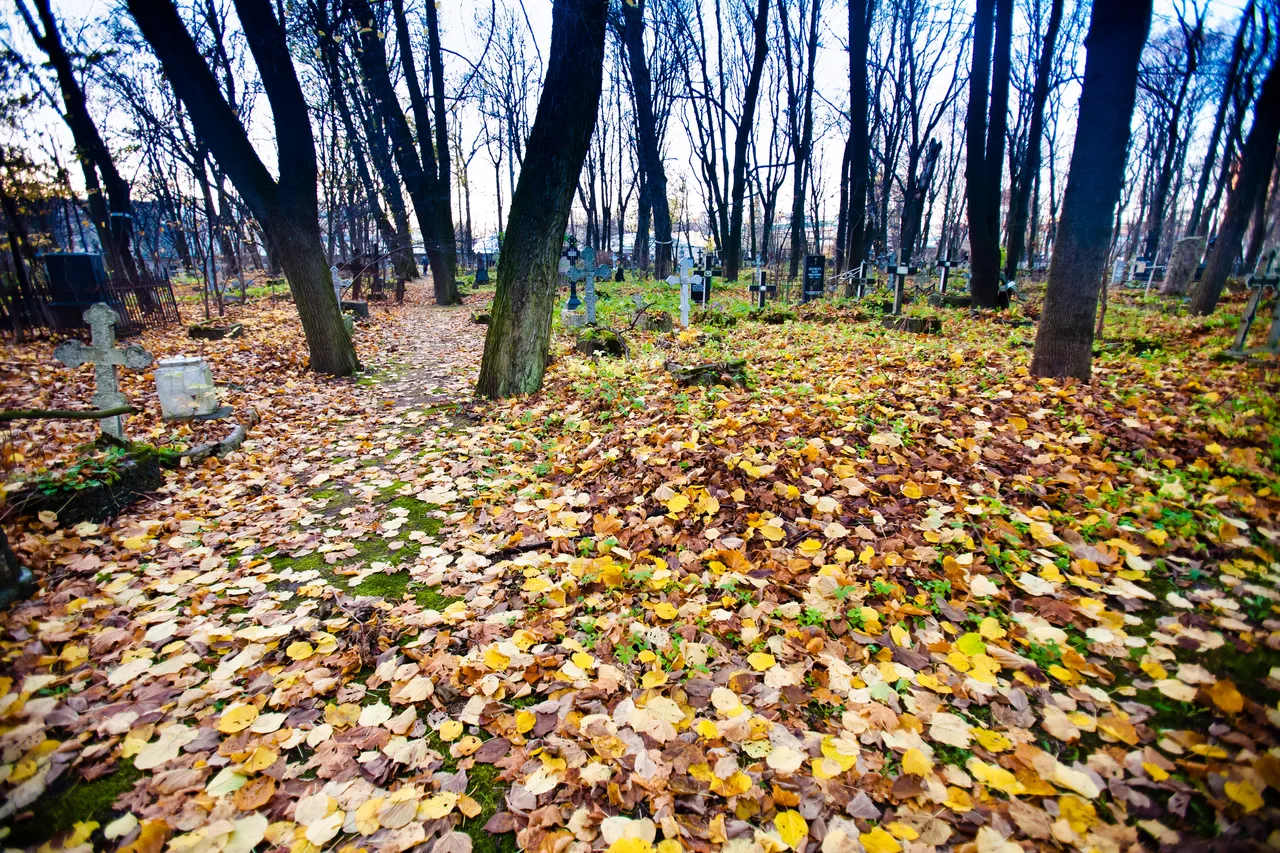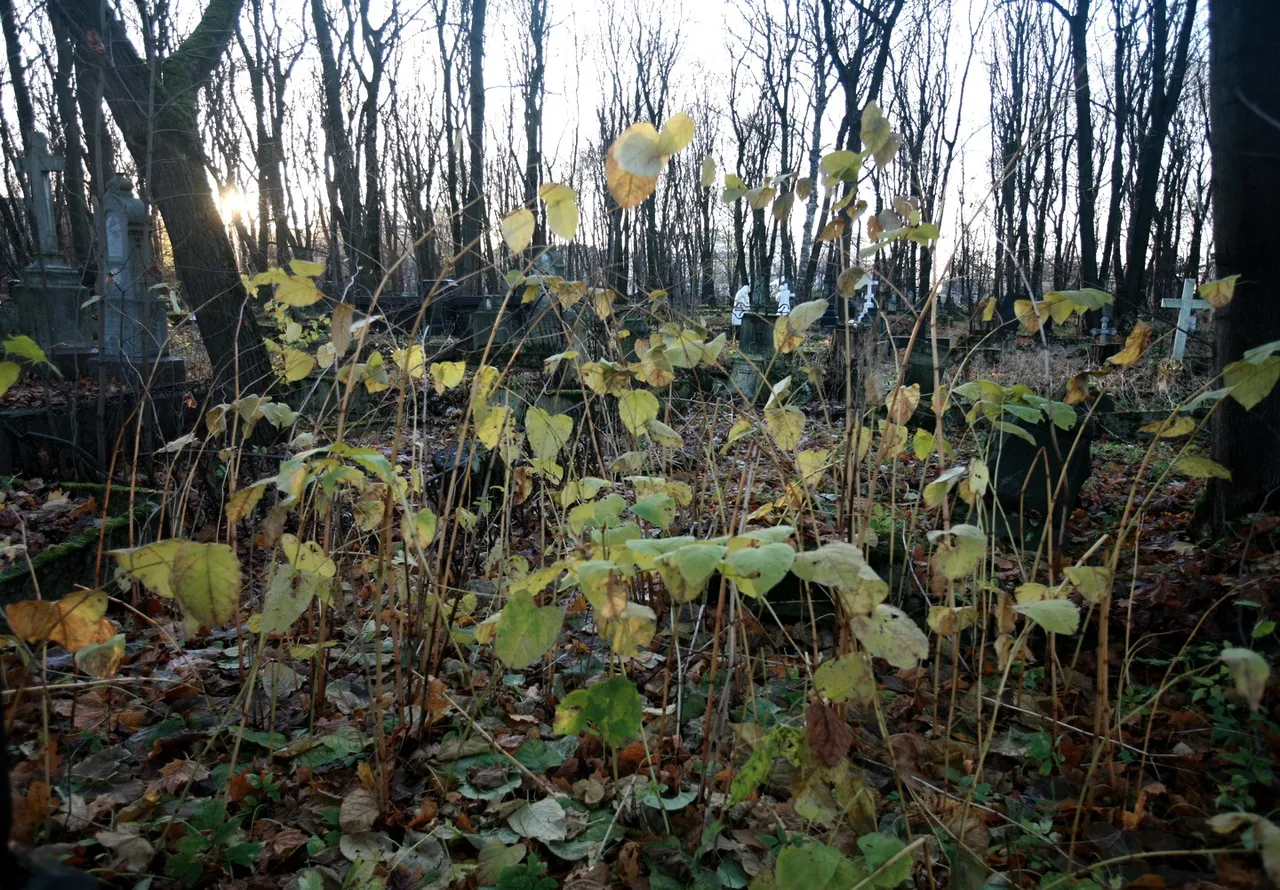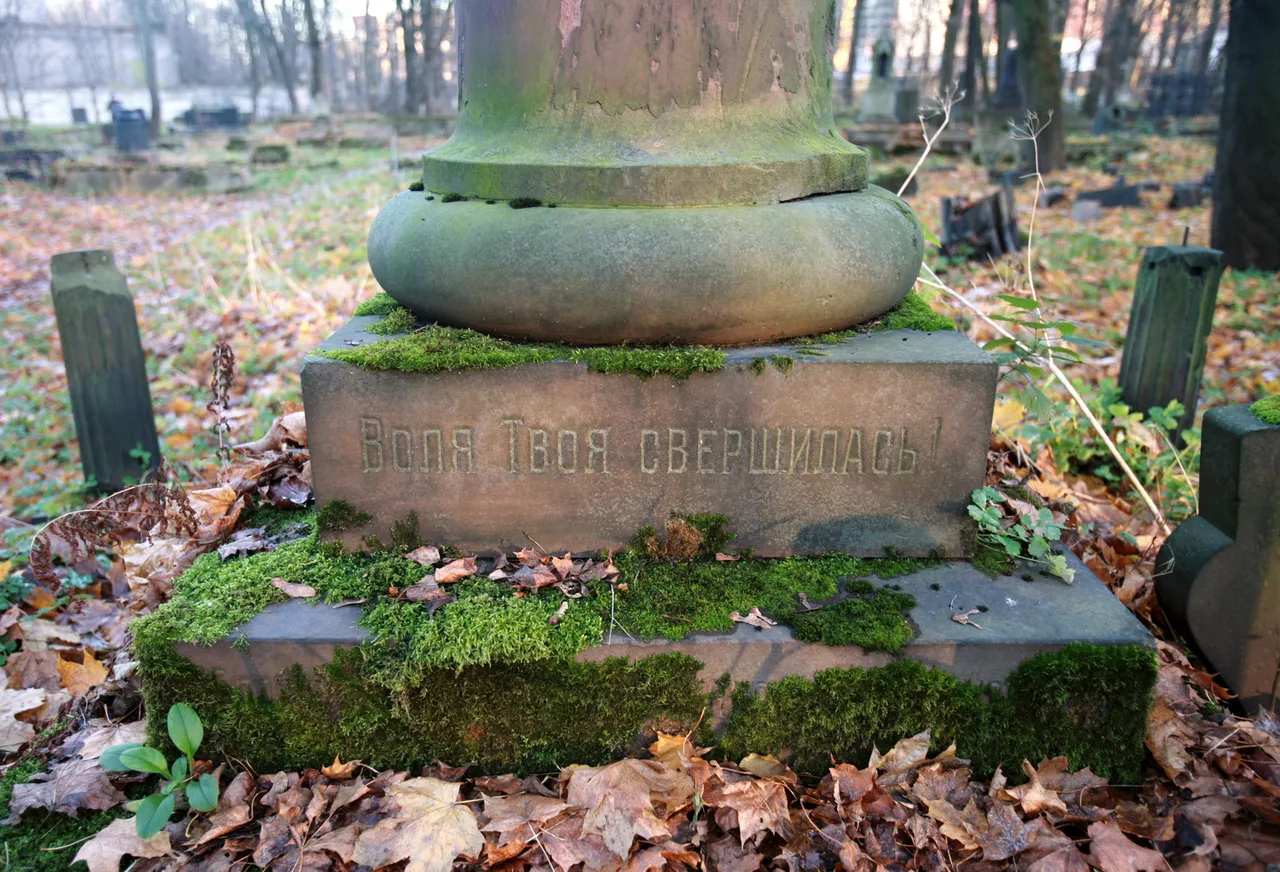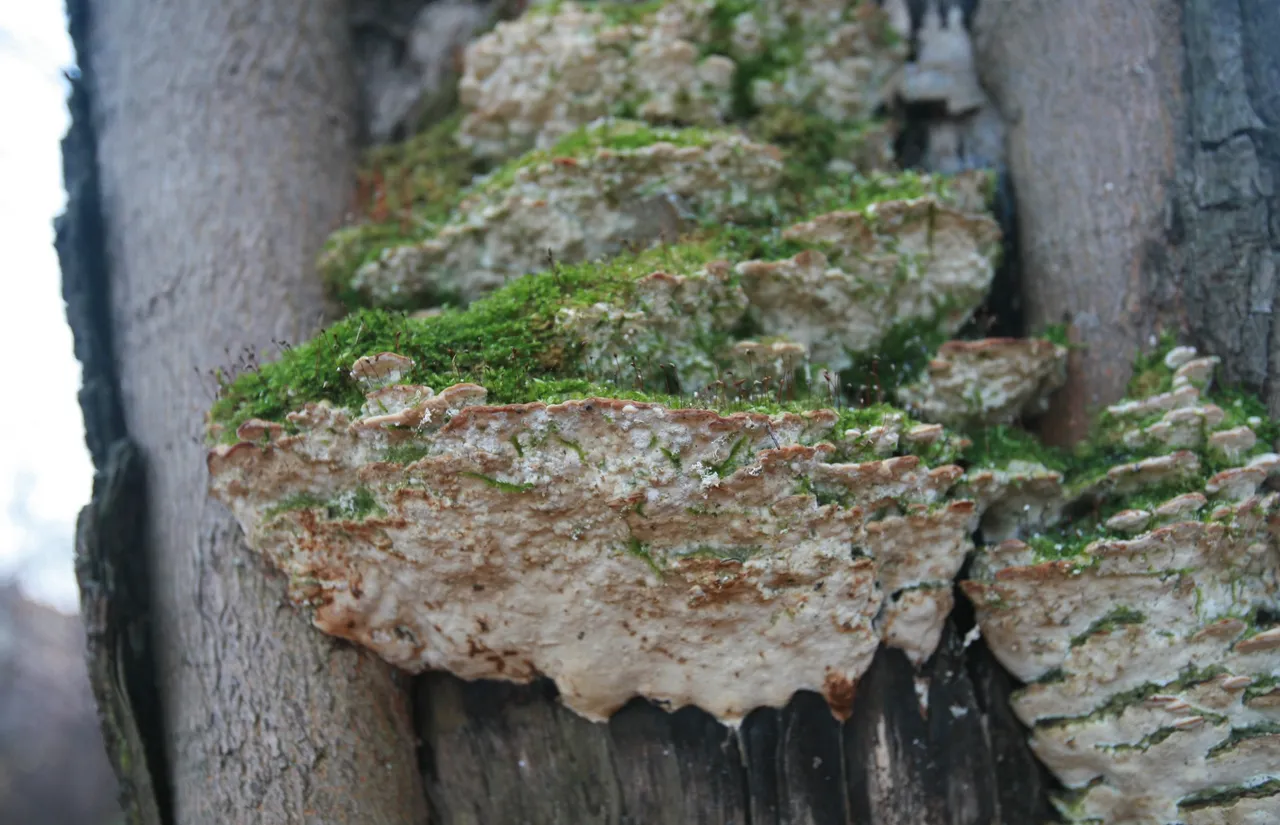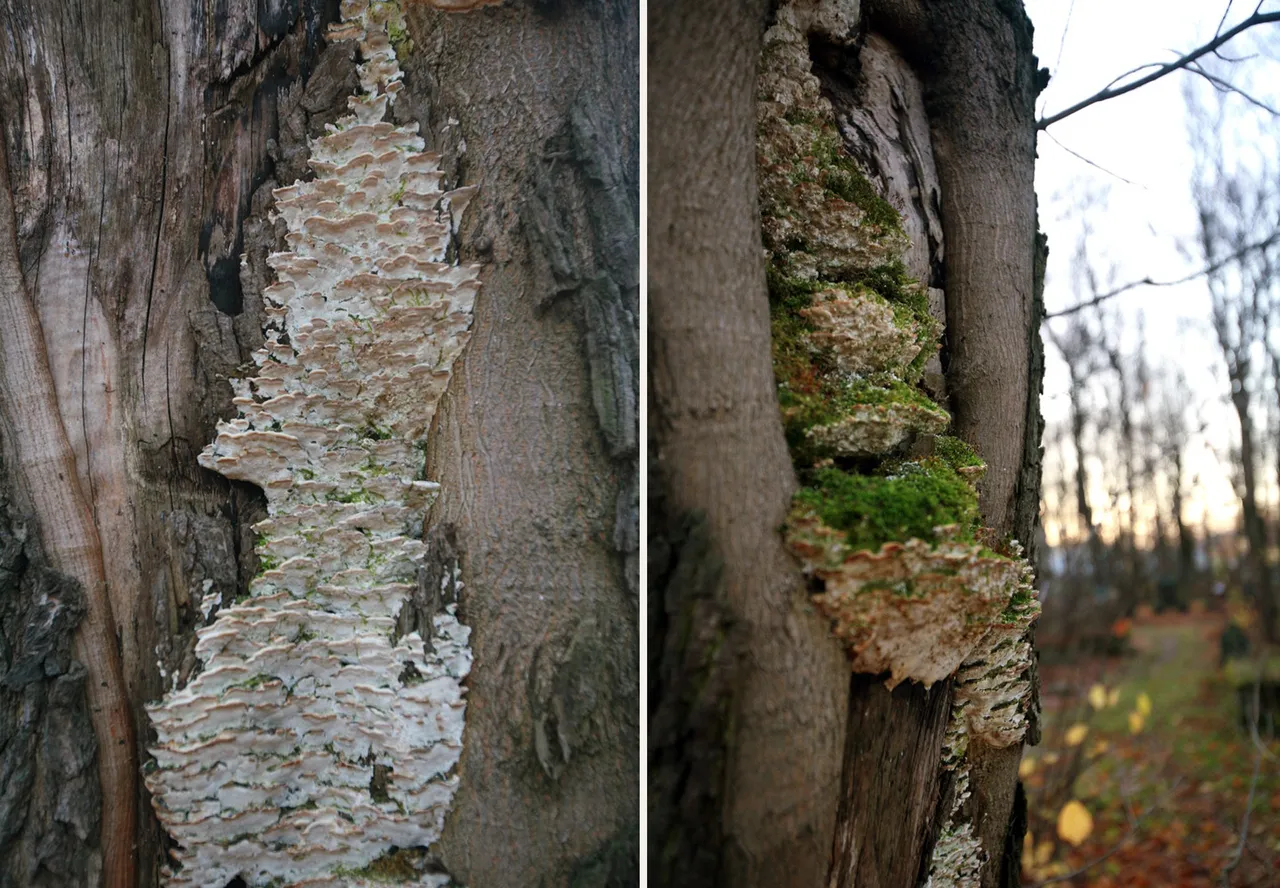My post for #WednesdayWalk challenge by @tattoodjay.
The 1st part (was published in 2019) and contains a fish-eye lens shots.
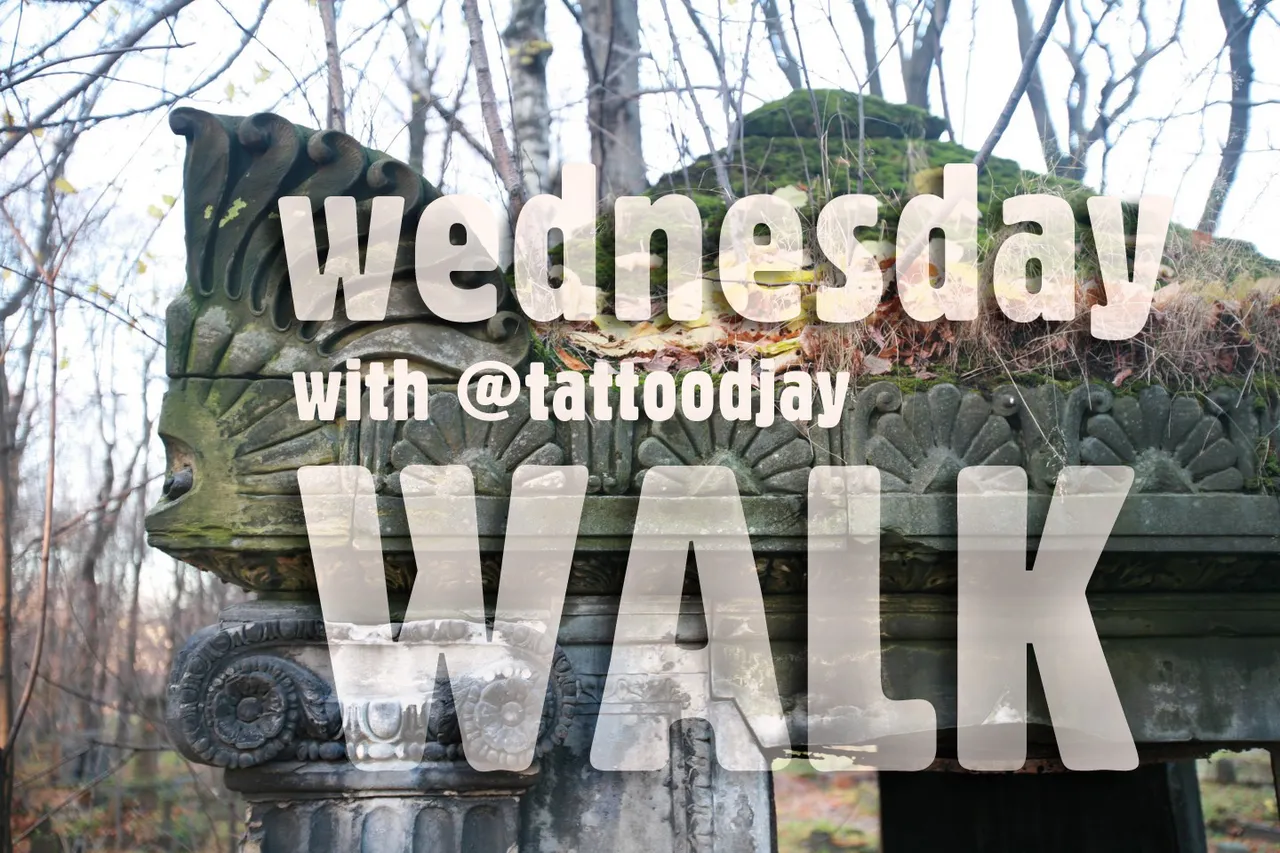
На прошлой неделе я показывал осенние грибы, что встретил на кладбище. Сегодня показываю остальное. Нет, не все 200 фото, а только часть (2). Нек.мои друзья пишут, что фотки с кладбища - пугающая тема. Ничего подобного! Просто выбирайте для прогулки не современное кладбище со свежими захоронениями (в таком месте действительно пахнет смертью и мертвечиной), а идите на старое кладбище, заросшее мхом (и грибами). Тогда вы прикоснетесь к вечности, истории, красоте.
Last week I shared some autumn mushrooms I found at the cemetery. Now it's time to show more - not all the rest 200 photos, just part (2). Some of my friends told me that cemetery photographs are a spooky subject. I strongly disagree! You just should go for a walk not to a place with fresh burials (this site will smell of death and carrion, figuratively speaking) - but head to an old cemetery, overgrown with moss (and mushrooms). There you will touch eternity, history, beauty - which ain't the bad things.
Кладбище при Новодевичьем монастыре появилось в 1848 году, оно не такое старое, как Смоленское или Волковское (напомню: город был основан в 1703г.). До революции, разрушившей Российскую империю, это было второе самое дорогое и престижное кладбище столицы (после Невской лавры). Приобрести здесь участок здесь - в зависимости от разряда - стоило от 50 до 500 рублей. (Для сравнения: корова по тогдашним ценам, стоила 1,5-2 рубля!). Уход за могилами, сервис "вечные молитвы" тоже стоил не копеечку а внушительные суммы... а бесплатных участков здесь не было совсем.
The cemetery at the Novodevichy monastery at St.Petersburg was founded in 1848, it is quite old, although not as old as the Smolenskoe, or Volkovskoe cemetery (the city itself was founded back in 1703). Before the revolution that destroyed the Russian Empire, it was the second most expensive and prestigious cemetery of the capital (after the Nevskaya Lavra). Depending on the grade, a burial site costed from 50 to 500 rubles. (For comparison: a cow costed 1.5-2 rubles, in current Russian prices!). Different extra services - like, graves caring and cleaning, "eternal praying" also costed considerably more money than a penny... and this cemetary had no free sites for the poor at all.
На входе в монастырь стоит табличка со схемой комплекса. Так выглядел монастырь до 1914 года. (Колокольни над Святыми вратами и входом нет, она была уничтожена, как и обе церкви на территории самого кладбища).
There is this tablet at the entrance of the monastery with a diagram of the complex. This is how the monastery looked until 1914. (There is no bell tower over the Holy Gates at the entrance, it was destroyed, like both churches on the territory of the cemetery itself).
Одна из самых интересных церквей монастыря - Казанская. Ее построил в 1908-1912 году знаменитый архитектор Василий Косяков. Недавно ее отреставрировали, но вход закрыт из-за пандемии. Внутри роскошные интерьеры, надеюсь, к следующей Пасхе она будет открыта для посещений.
Kazan Church is the most interesting building of the monastery. It was built in 1908-1912 by the famous architect Vasily Kosyakov. It was recently renovated, but the entrance is closed due to the pandemic, I could not check it up. It has luxurious interiors, I really hope that by next Easter it will already be open for the public.
Так или иначе, тут хоронили городскую элиту: аристократов, крупных чиновников, военачальников (особенно много тут адмиралов), знаменитых артистов, купцов. Памятники делались из дорогих материалов, а семейные склепы - небольшие часовни - все штучные произведения искусства. Но до наших дней эти богатства не дожили.
So, back to the cemetery. One way or another, the city elite was buried here: aristocrats, statesmen, military leaders (the fact worth noting that there are especially many admirals here), famous artists, 1st grade vip merchants. Tombstones were made of expensive materials, and family crypts were often small chapels - works of art. All these riches have not survived to this day.
Часть кладбища с самыми известными и уважаемыми покойниками "первого сорта" (те самые наиболее дорогие участки возле входа на кладбище) находится в порядке, выглядят ухоженными - посетители видят сервис ок. Но на всю территорию кладбища заботы не хватает, и некоторые участки многие годы выглядят вот так.
Part of the cemetery with the most famous and respected "first grade" graves (the most expensive sites are near the entrance to the cemetery) are ok, they look well-cared - visitors can see the service ok. But the whole location is not getting the same treatment as its 'display' fashionable district, some parts of the cemetery have looked like this for many years.
После 1917 года у власти оказался плебс, и кладбище было варварски разграблено... а что осталось, в 1969 году разграбили еще раз. Даже сейчас, когда оно якобы под охраной государства, меня терзают смутные сомнения - территория занятая новыми захоронениями, странным образом разрастается, а в задней полузаброшенной части кладбища я наткнулся на кучу свежевыкопанных старых надгробий.
After Revolution of 1917, when the plebs came to power, the cemetery was barbarously plundered ... and after that it was plundered again in 1969 ... and even now, although it is being kept under the federal protection, I am plagued by vague doubts - the territory is being occupied by new burials, they arrive in a strange way... and in the backdoor half-abandoned part of the cemetery, I came across a bunch of freshly dug old tombstones - check the photo... this all smells too bad.
Это наводит меня на мысли, что уничтожение продолжается (грабить теперь уже нечего, все ценное уже украдено до нас, но можно продать участок под захоронение - и ценник на такую услугу не просто большой, а мега-большой).
This makes me think that the destruction continues (now there is nothing to plunder, everything valueable already has been stolen before us, but one can sell the site for burial - and you can imagine the price tag for such a service is not just big, but super-big).
На кладбище снова начали хоронить в 2000-е годы: монастырь хочет зарабатывать денег, население растет (и люди все время умирают), а территория города не резиновая, так что наверное это объективный процесс...
They began to bury at the cemetery again in the 2000s: the monastery wants to monetize its land and to earn money, the city population is growing (and people are dying all the time, the city territory is not rubber-esque, so this is probably an objective process...)
...но у меня нет совершенно никакого желания проходить мимо той части кладбища, где есть свежие захоронения.
... but I have absolutely no desire to pass by that part of the cemetery, where there are fresh graves.
...Но готичные пейзажи все равно ещё остались в наличии, и благородное состарившиеся камни тоже, и покрытые мхом развалины надгробий. Этот склеп словно перенесен сюда из Парижа XIX века... думаю, его сфотографировали уже 1048 фотографов, которые были здесь до меня. Что ж, я буду 49-м.
... But the goth landscapes still remained in existence, and the noble aged stones too, and the ruins of tombstones covered with moss. This crypt seems to have been moved here from Paris in the 19th century ... I think it was photographed by all 1048 photographers who have been here before me. Well, I'll be 49th then.
Так выглядят внутренности одного из склепов. Картина типичная. В редких склепах остались остатки облицовочной плитки или глазурованного кирпича, остатки плит с еле читаемыми надписями.
This is the typical inside look of the crypts. Remains of facing tiles or glazed bricks, remains of slabs with barely readable inscriptions, broken statues -- that is all that remained in rare crypts.
Большинству объектов на кладбище не больше 100-120 лет. Это небольшой срок. И посмотрите, как поработало над ними время! Свой след тут оставили не только люди, но и природа. Деревья, как и вода, точат камень, их корни разрушают любой фундамент, а падающие стволы повалили и разбили не одно надгробие.
Most objects here are less than 100-120 years old - this is a short time. And look how time has worked on them! Not only people, but also nature left its mark here. Trees, like water, grind a stone, their roots will destroy any rock, just give them the time; and falling trunks have knocked down and smashed more than one tombstone here.
Обратите внимание на герб, украшающий склеп барона фон дер Палена. Охраняется государством, конечно же. Выяснить чей это склеп помог именно герб - но это отдельная история.
Note the coat of arms that adorns the crypt of Baron von der Pahlen. "Protected by the state", of course. It was a historical quest to find out who was buried here; again, I promise to give more details on this story in my other post.
Один из самых красивых и запоминающихся склепов на кладбище - усыпальница жены голландского консула Лючии Гильзе Ван-дер-Пальс (1865-1903). Часовня стилизована под древнеегипетскую гробницу и была построена в 1904 году - расцвет стиля "модерн" наложил на нее отчетливый отпечаток. История должна быть рассказана целиком, а не в виде подписи под одной фотографией, этот памятник определенно заслуживает отдельного поста.
One of the most beautiful and memorable crypts at the cemetery is the tomb of Lucia Gilse Van der Pals (1865-1903), the Dutch consul's wife. The tomb was built in 1904 - it was stylized as an ancient Egyptian tomb, the heyday of the Art Nouveau style left a distinct imprint on it. This story should be told in its entirety, and not in the form of a caption under one photograph, this monument definitely deserves a separate post, I promise.
Один из самых впечатляющих и моих любимых склепов, завладел моим воображением с первого визита. В справочниках он безымянно обозначается как «часовня с мозаичным куполом» - определить кто здесь похоронен, можно лишь проведя небольшое расследование. Из книги «Исторические кладбища Санкт-Петербурга» узнаем, что здесь похоронен Григорий Кольцов, из сословия купцов. Определенно, он (а точнее, хоронившие его родственники) имели отменный вкус!
One of the most impressive crypts here, it became my fave from day one. The guides keep it unnamed as "a chapel with a mosaic dome" - only the walls, the roof and decorations in the form of angel heads have survived (and the date: 1895). Only a solid historical research and digging into the contemporary sources help to decipher who was buried here. From the book "Historical Cemeteries of St. Petersburg" we learn it was Grigory Koltsov, from the class of merchants. Apparently his relatives who buried him had an excellent taste!
Сюда приходят люди не только чтобы проверить могилы родственников; люди приходят навестить святыни, помолиться... некоторые парочки просто гуляют по дорожкам, как я.
The citizens come here not only to check their families' graves; people come to visit shrines, to pray ... some couples just walk along the paths -- like me, they love cemetaries.
А возле одной из дорожек, на пеньке, мне встретился открытый (почти полный) пакет с вином! Я предполагаю, один из посетителей употребил немного вина, для поминовения усопших, и остальное все остальное для духов... или других желающих.
And near one of the paths, on a stump, I came across an open, almost full package of red wine! I guess one of the visitors consumed some wine for the commemoration of the dead, and left the rest to the spirits ... or other strangers who may want to join the treat.
Обычные дорожки... территория посередине между самой дорогой и самой дешевой частью кладбища. Здесь уже нет склепов и творческих авторских работ, только дешевые типовые (готовые) кресты. Отмечу, что после 1917 года дорого украшенные могилы перестали появляться - захоронения с 1920 по 1934 год как раз отмечены обычными крестами.
This is how the paths look like at the middlepoint between the expensive and the cheaper part of the cemetery. There are no more family crypts and creative works, just cheap standard ready-made crosses. I should note that after 1917 creatively decorated graves stopped appearing here, all the burials till 1934 (when the cemetary was closed) got an ordinary crosses.
Нетронутые рукой человека листья. Для обитателя города, который не может себе позволить поехать гулять в осенний лес, когда захочет, это единственный заменитель - дорогого стоит.
А вот и грибы. Не могу не добавить в букет пару фотографий с моей прогулки, и ссылку на предыдущий пост.
I can't but add a "mushroom note" to my bouquiet. Here is a couple of photos from my walk, and a link to the previous post which has all of them.
The link to my 'Cemetery fungi' post with the rest of the pics.
| location: | St.Petersburg, Russia | November 2020 | natural lighting |
| camera/lens: | Canon 5D | Canon 16-35mm | raw-conv. |
My posts at the Pinmapple world map
Thanks for walking with me, see you next time!
I welcome @appreciator, @rocky1, @upmewhale to enjoy my post.
Надеюсь, вам было приятно прогуляться со мной по улицам Петербурга!


